Despite K-Beauty’s rapid growth, challenges from Western competitors and international disputes require adopting strategies from France, such as enhancing regional social media presence, leveraging micro-influencers for accessibility, and building personalized connections to maintain a global competitive edge.
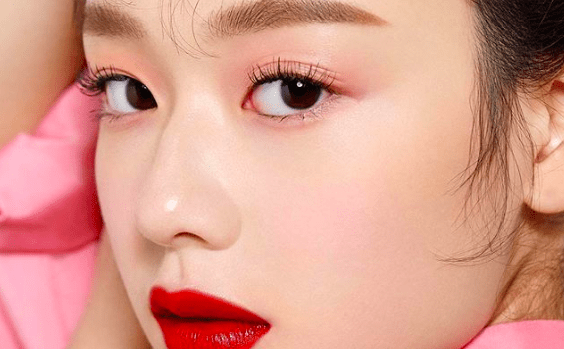
Published On: March 4, 2019
Despite the growing online furore, K-Beauty faces challenges which may curtail the global social media penetration of K-Beauty brands. Taking lessons from France – a country that plays an important role in the cosmetics industry, both nationally and internationally, Wearisma has revealed winning influencer marketing strategies that K-Beauty brands can implement to ensure online domination.
K-beauty has experienced a meteoric rise in popularity outside of the region since western consumers were first introduced to the 10-step routines, innovative ingredients and extensive cream ranges that makeup the Korean beauty market.
Marie Claire’s digital beauty editor Katie Thomas has hailed the K-beauty industry as being 10-12 years ahead of the rest of the world. For example, South Korean brands like Skinfood and Mamonde are benefiting from a growth in sustainability focused content online due to their extensive history of utilising natural and organic ingredients in their products. Conversely, Mintel’s global beauty analyst Andrew McDougall attributes K-Beauty’s success to “clever digital marketing strategies on social media”. Social media user penetration is on the rise in South Korea and in 2017 advertising spent on mobile platforms surpassed that spent on cable TV for the first time in the region.
Despite K-Beauty brands like Etude House, Hera and Innisfree driving online conversations among Korean social media users, K-Beauty brands face 2 specific challenges that could impact their ability to maintain this momentum among global audiences.
Challenge 1.
Several international retailers like Sephora, Urban Outfitters, Nordstrom and Barneys all carry a selection of Korean Beauty products. However, in recognition of the popularity of K-Beauty, western brands like Charlotte Tilbury, Dior and Bobbi Brown have all launched their own versions of South Korean staples like BB creams, double cleansing products and multi-step routines. These developments could challenge the expansion of K-Beauty brands as western ‘consumers can stick to tried-and-true brands while still experimenting with the trend’.
Challenge 2.
K-Beauty brands have been struggling in China since 2016 when South Korea announced that it would deploy THAAD – a missile defense system vigorously opposed by China. For example, K-beauty giant AmorePacific reported a 32% year-on-year decrease in profit and bans on the import of 19 South Korean cosmetics products have been implemented. Despite South Korean President Moon Jae-in’s visiting Beijing in December 2017 to help smooth things over, the conflict is far from resolved.
Lessons from France
The growth of the cosmetics market and social media penetration in Korea mirrors the trends observed in France. This upward trajectory suggests that K-Beauty is ripe for expansion. However, the aforementioned challenges suggest that savy Influencer Marketing strategies are required to cement South Korean brands as global beauty staples. Learning from top brands who are quickly challenging both historic and homegrown beauty brands in France is an astute way to stay ahead of this competitive global market!
No. 1 Power Player – MAC
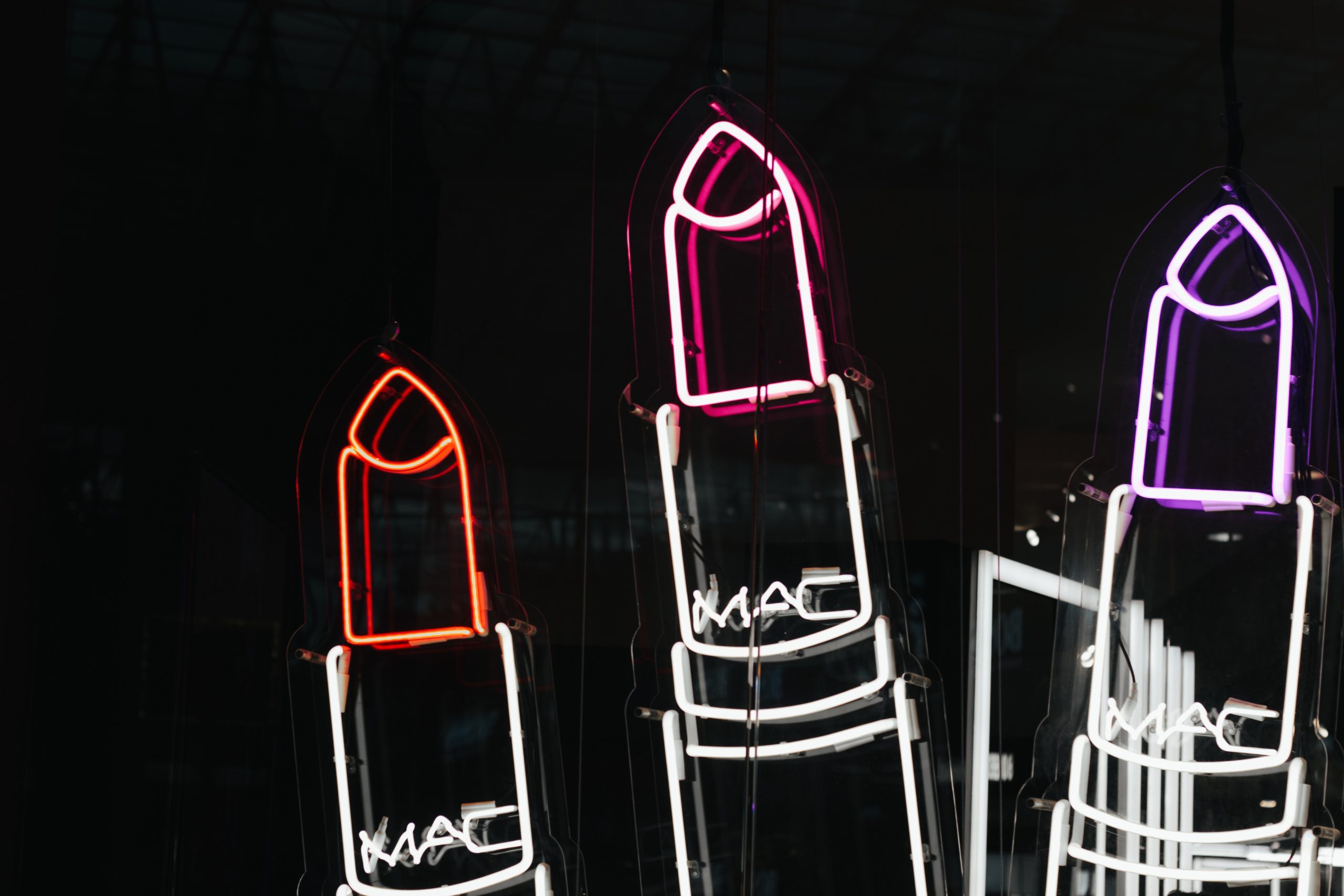
Canadian Brand MAC is the most mentioned legacy ‘Power Player’ brand by French Influencers in Q4 2018. MAC has achieved this high position overseas through the creation of regional accounts like @maccosmeticsFrance, @maccosmeticsUK and @maccosmeticsItalia. Similarly, popular K-Beauty brand Etude House has seen success by tapping regional Celebrity Influencers like Ma Dong Seok and International Celebrity Influencers like Lady Gaga. In order to achieve similar success K-Beauty brands need to adopt an equally internationally focused social media strategy. Even though brands like TONYMOLY, It’S Skin and Sulwhasoo have regional accounts, K-Beauty brands could benefit from further investment into their regional accounts by broadening and diversifying their Influencer Marketing practices.
No.1 Digital Giant – NYX Cosmetics
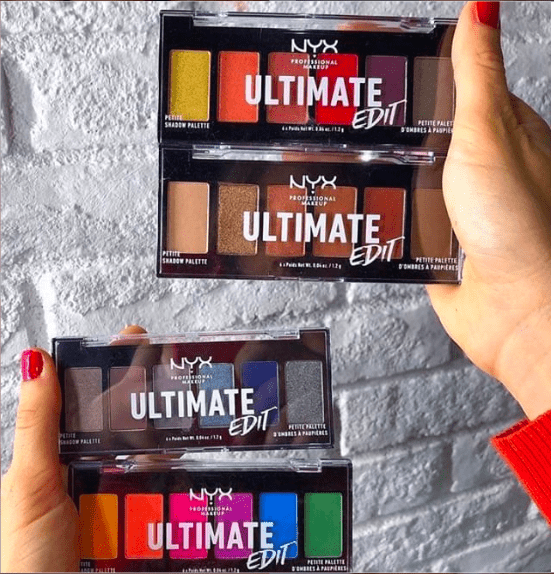
NYX Cosmetics is the most mentioned born-digital brand by French Influencers. Their focus on consumer-generated content is a key element of their success. NYX has the highest number of Influencers with <20K followers, and this is reflected in the content that the brand produces. Our data has revealed 3 out of the top 5 Influencers who created the most content for K-Beauty brand Laneige in January 2019 have less than 20K followers. As highlighted by NYX’s Sara Aziz, K-Beauty brands should utilise Micro-Influencers as they can help to ‘emphasise the accessibility and ease-of-use’ of a brand’s products.
No.1 Indie Brand – Glossier
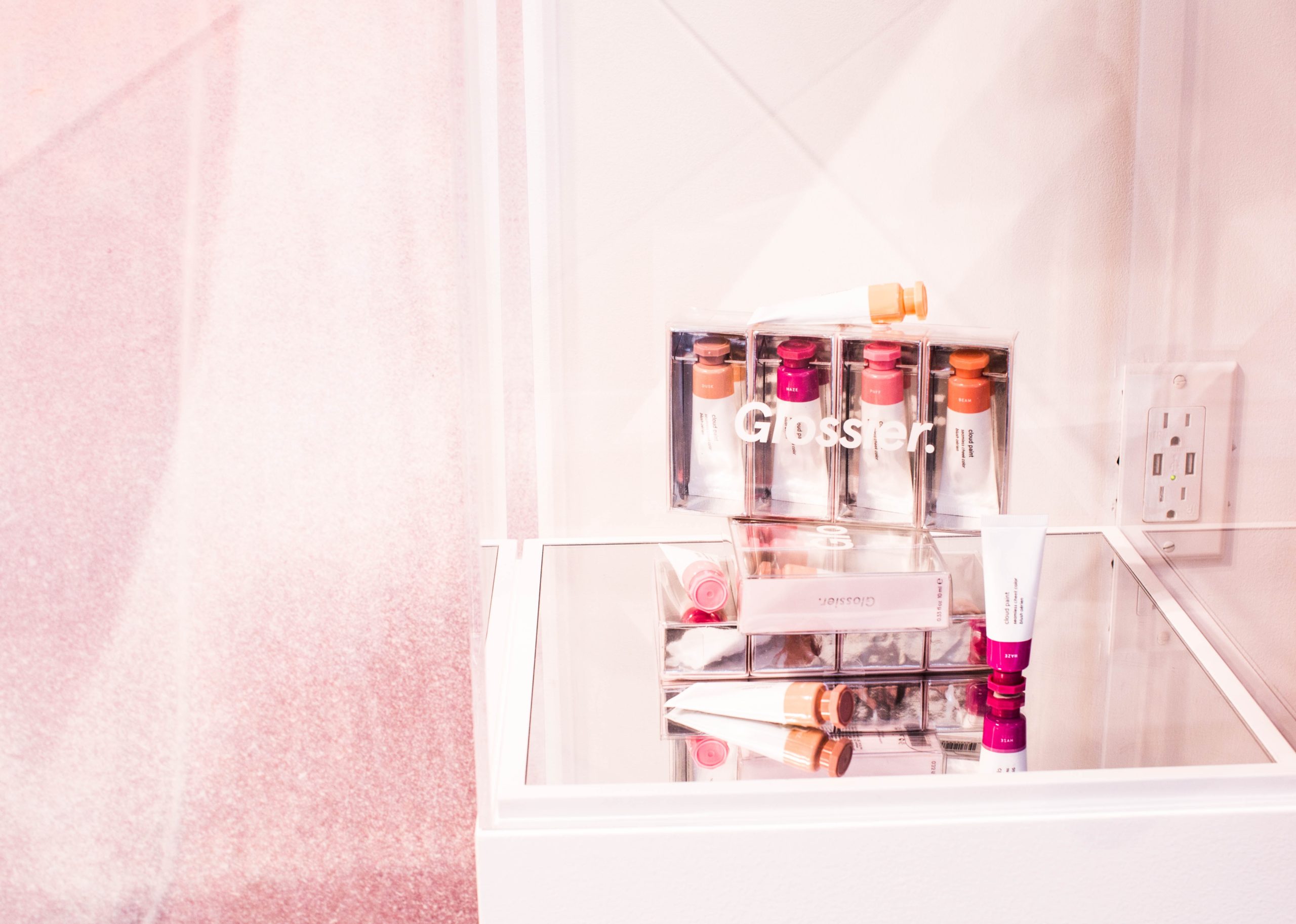
Glossier is the top mentioned Indie Brand by French Influencers. Glossier takes a personable approach to content, urging its copywriters to engage with followers and consumers as if they were ‘best friends’. 80% of their growth and sales also come from peer-to-peer recommendations. In order to reach similar success levels, K-Beauty brands should ensure they maintain high levels of contact with their followers. Working with influencers who have highly engaged audiences is another way K-Beauty brands can increase their peer-to-peer recommendations.
Conclusion
The ingenuity of their products coupled with the saviness of their digital strategies make K-Beauty brands ripe for global expansion. While the market is predicted to grow annually by 2.8%, copycat products and international disputes threaten to stall the growth of K-Beauty. Taking the above lessons from the top mentioned beauty brands by French Influencers can ensure that K-Beauty maintains a global competitive advantage.
Read our new White Paper ‘The State of French Beauty Influence’ to discover more useful Influencer Marketing strategies
Keep informed with the latest trends, reports, and case studies from the world of influencer marketing.
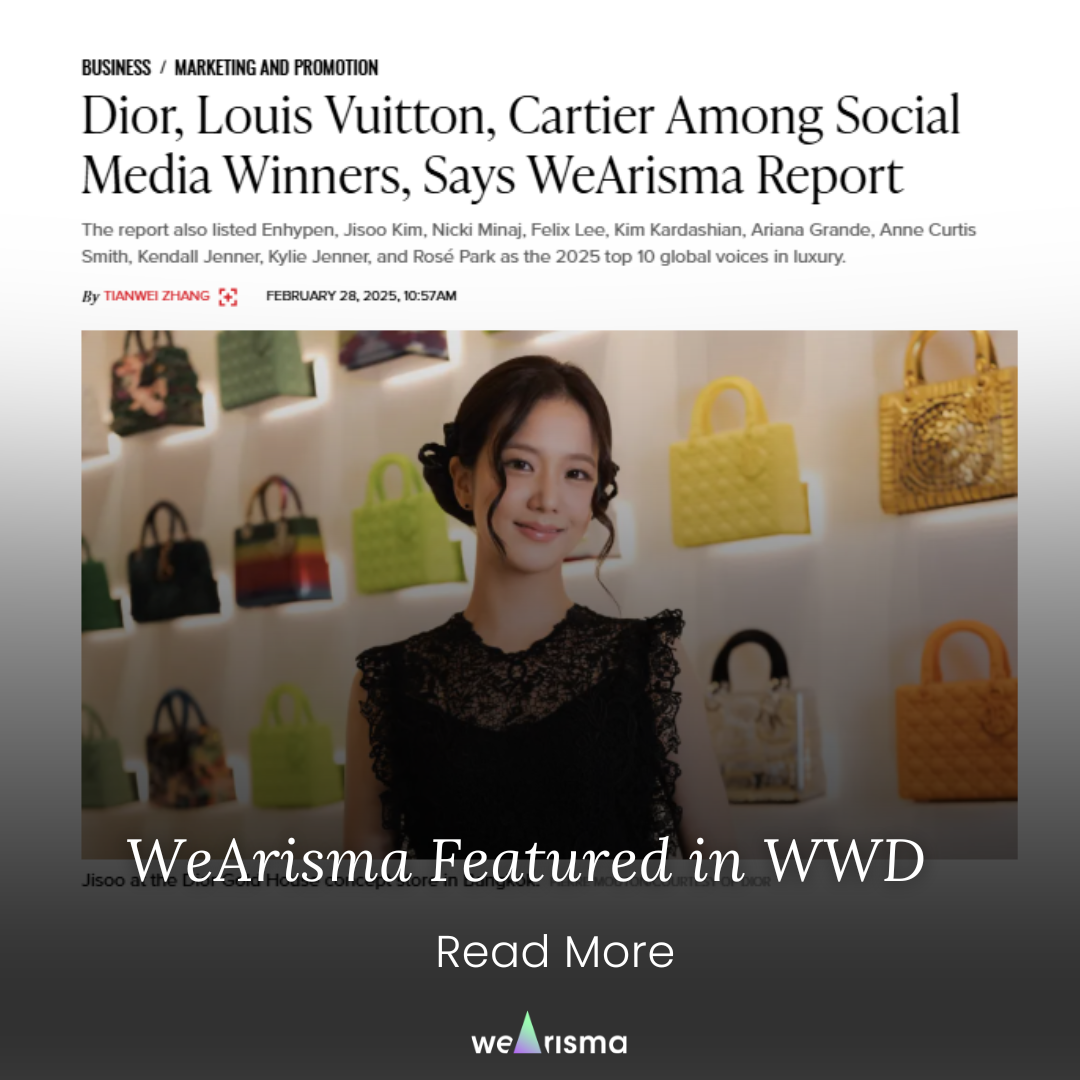
WeArisma’s 2025 State of Luxury Report has been featured WWD! Amongst the numerous metrics for luxury brands to benchmark against competitors, we highlight Resonance and Virality as crucial, underlooked criteria.
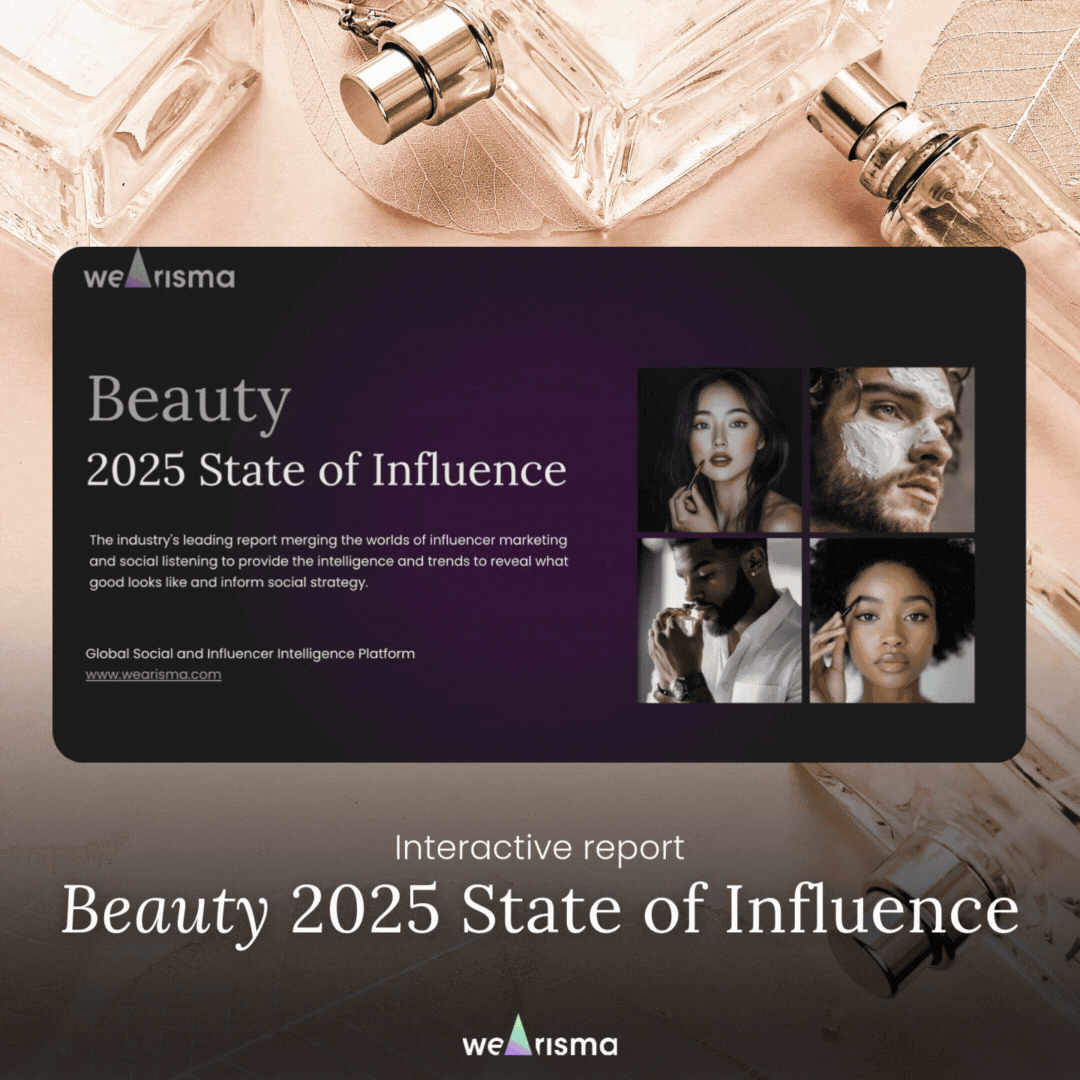
WeArisma’s Beauty 2025 State of Influence Interactive Report – Your Essential Guide to Beauty Brand Success in the Digital Age.
The beauty landscape is evolving. Traditional strategies no longer guarantee success – Resonance, Virality, and Authentic Engagement are beginning to define market leaders.
Our latest Beauty 2025 State of Influence Report uncovers the key shifts shaping Skincare, Makeup, and Fragrance, and the strategies fueling sustained impact.
Influential voices have delivered outstanding Ripple Impact for the world’s top-performing beauty brands, collectively reaching and engaging far more consumers than brand owned social media channel. They:
Reached up to 26X more consumers, generated up to 19X higher EMV, produced up to 73X more content, and drove up to 83X greater Engagement
This interactive report lets you explore key performance metrics, compare data across countries, and discover which luxury brands lead the rankings.
Stay up to date with the latest industry trends and topics
Discover how WeArisma can help you harness the power in influence, grow your brand’s presence, and achieve measurable success.
WeArisma combines the power of AI, influencer marketing and social listening to deliver smarter, scalable strategies with real impact.